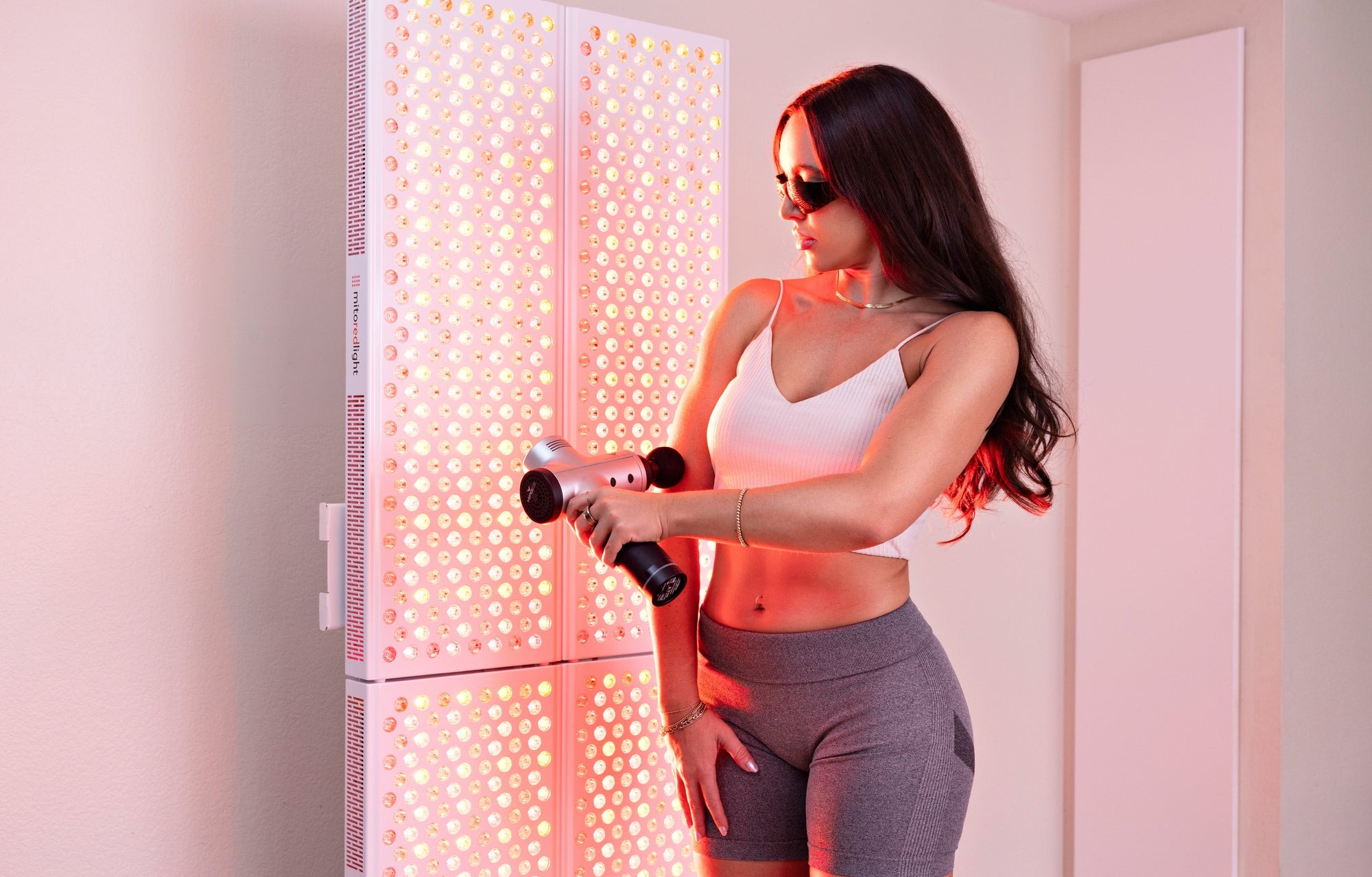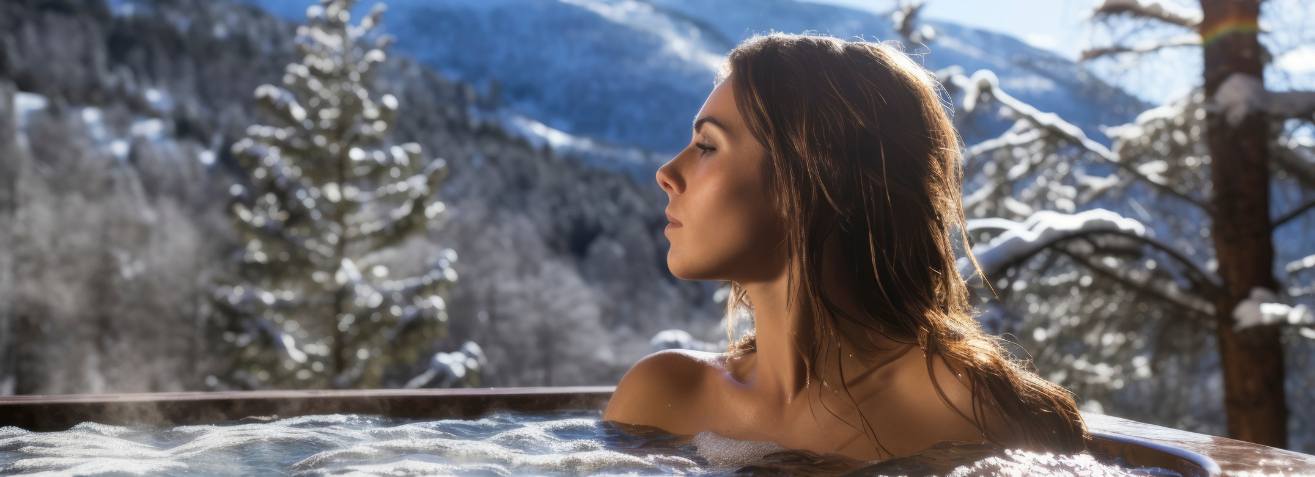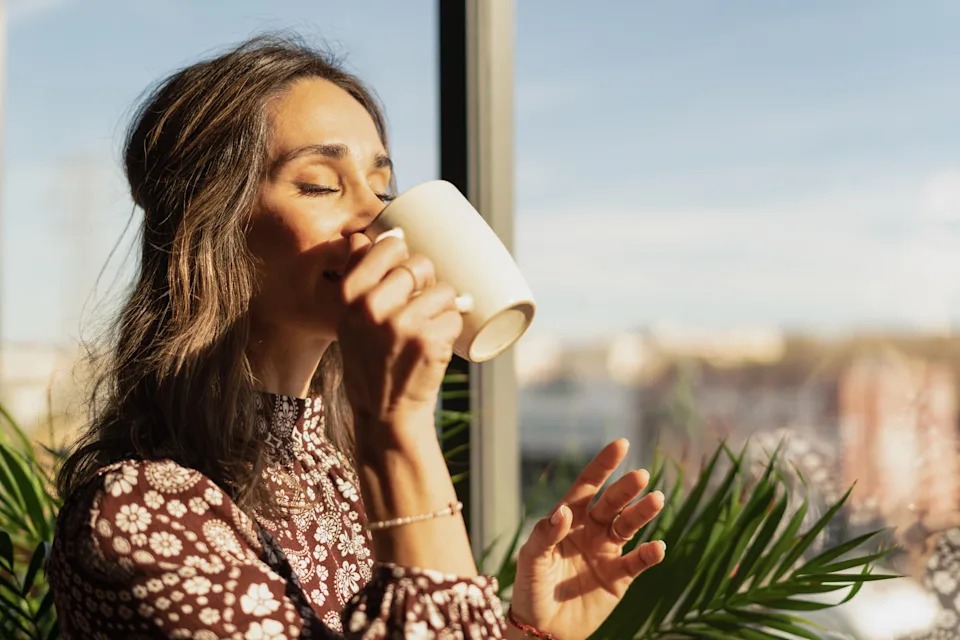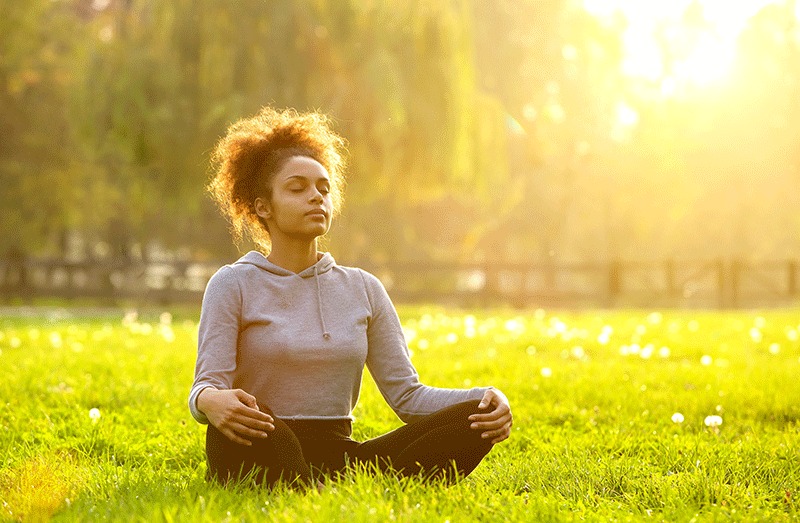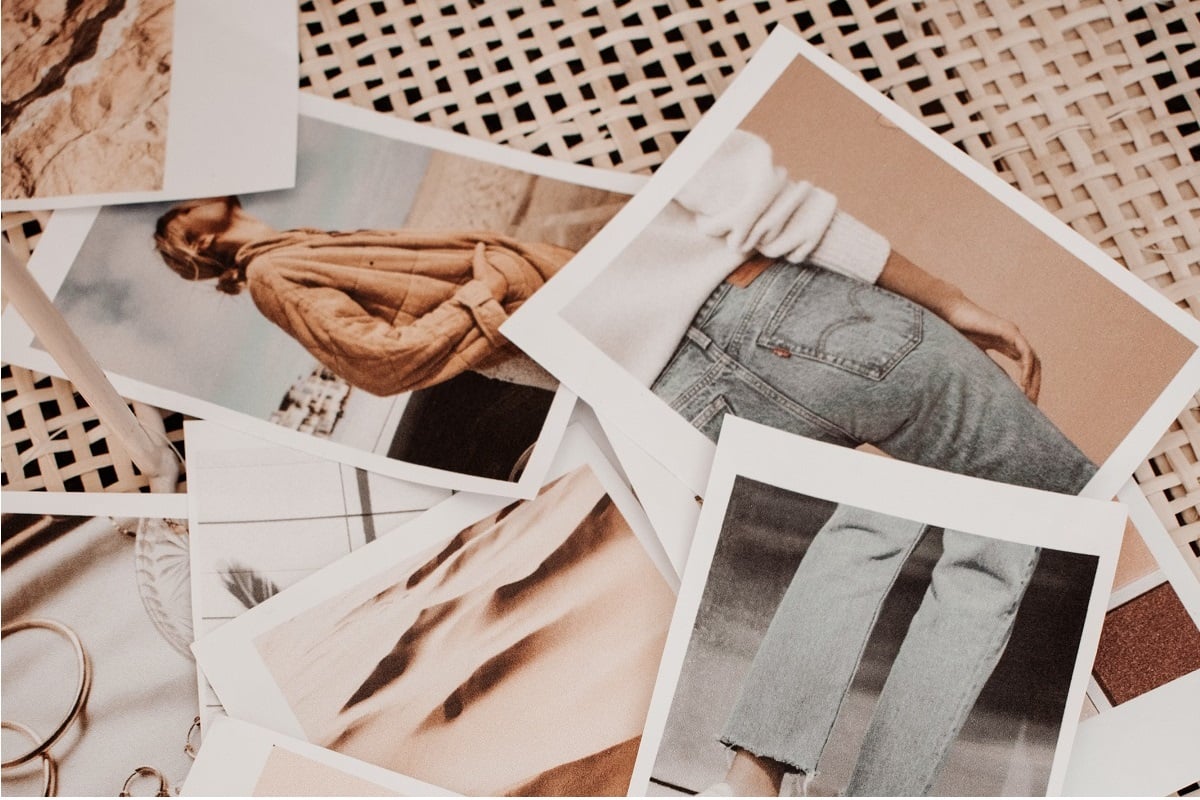
In the world of fashion, creativity is only part of the equation—organization, vision, and storytelling are equally important. That’s where fashion mood boards come in. These visual collages, made up of images, textures, colors, and patterns, serve as creative blueprints for stylists. Whether planning a runway show, editorial shoot, or personal styling session, mood boards help translate abstract ideas into tangible, cohesive looks. Here’s why they’re a must-have tool for every stylist.
1. They Define the Creative Vision
A fashion project often starts with a spark—an image, a fabric swatch, or a color palette. However, turning that spark into a full concept requires clarity. Mood boards help stylists gather their ideas in one place, allowing them to refine the theme and direction of the collection or shoot. By curating visuals, stylists can ensure that everyone involved understands the exact aesthetic they’re aiming for.
2. They Ensure Cohesion
Fashion styling is all about storytelling, and a mood board ensures that every element—from clothing and accessories to makeup and setting—tells the same story. Without a unifying vision, a photoshoot or show can feel disjointed. Mood boards act as a reference point, making it easier to choose pieces that work together harmoniously.
3. They Save Time in Decision-Making
When a stylist is working with designers, photographers, and models, decisions have to be made quickly. A mood board eliminates guesswork by providing an agreed-upon creative direction. Instead of debating whether a certain shoe fits the vibe, the stylist can refer to the board and see if it aligns with the concept. This saves time and prevents costly styling mistakes.
4. They Inspire Creative Experimentation
Mood boards are not just about sticking to a single idea—they’re also a playground for creativity. Stylists often add unexpected images, textures, or art references to spark new combinations. By seeing these elements together, they can experiment with unique pairings they might not have considered otherwise, pushing the boundaries of their creativity.
5. They Aid Client Communication
When working with clients—whether it’s a brand, magazine, or individual—styling concepts can be hard to explain verbally. A mood board acts as a visual proposal, showing the client exactly what to expect. This makes it easier to get approval, address concerns, or make adjustments early in the process. It’s a shared creative language that bridges stylist and client.
6. They Provide a Consistent Reference
Throughout a project, a mood board serves as a constant guide. From fitting sessions to the final shoot, stylists can refer back to the board to ensure they stay true to the vision. This is especially helpful when projects span weeks or months, as it keeps the styling direction consistent despite evolving ideas or logistical challenges.
7. They Enhance Collaboration
Fashion styling is a team effort, often involving makeup artists, hairstylists, set designers, and photographers. A mood board ensures that all collaborators are aligned on the theme, color scheme, and overall feel. This leads to a more unified and visually powerful end result, where every creative element supports the same vision.
8. They Work for Any Styling Level
While mood boards are a staple for high-profile stylists, they’re equally valuable for personal styling. Even if you’re just refreshing your wardrobe, a mood board can help you define your personal style, identify key pieces to invest in, and avoid impulse buys that don’t fit your aesthetic.
Creating Your Own Fashion Mood Board
Building a mood board is simple yet impactful. Start by gathering inspiration from magazines, runway images, Pinterest boards, or street style photography. Focus on colors, fabrics, and silhouettes that speak to your vision. Arrange these visuals digitally using tools like Canva or Pinterest, or create a physical board with printed images and swatches for a tactile experience.
Final Thoughts
For stylists, a mood board is more than just a collection of pretty pictures—it’s a roadmap to creativity, a communication tool, and a guarantee of cohesive styling. Whether planning a high-fashion editorial or curating a seasonal wardrobe, mood boards provide the clarity and inspiration needed to transform ideas into unforgettable looks.


